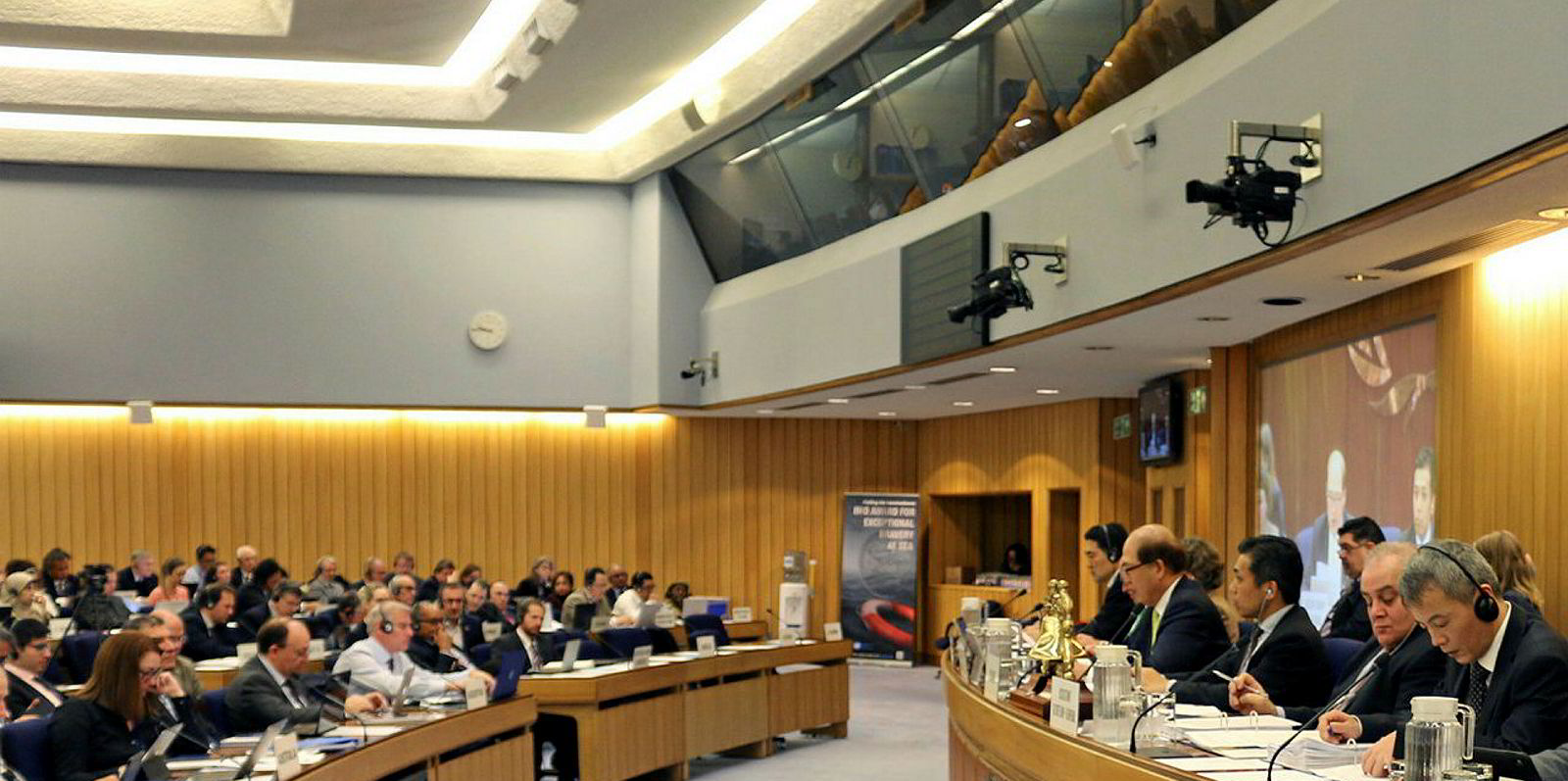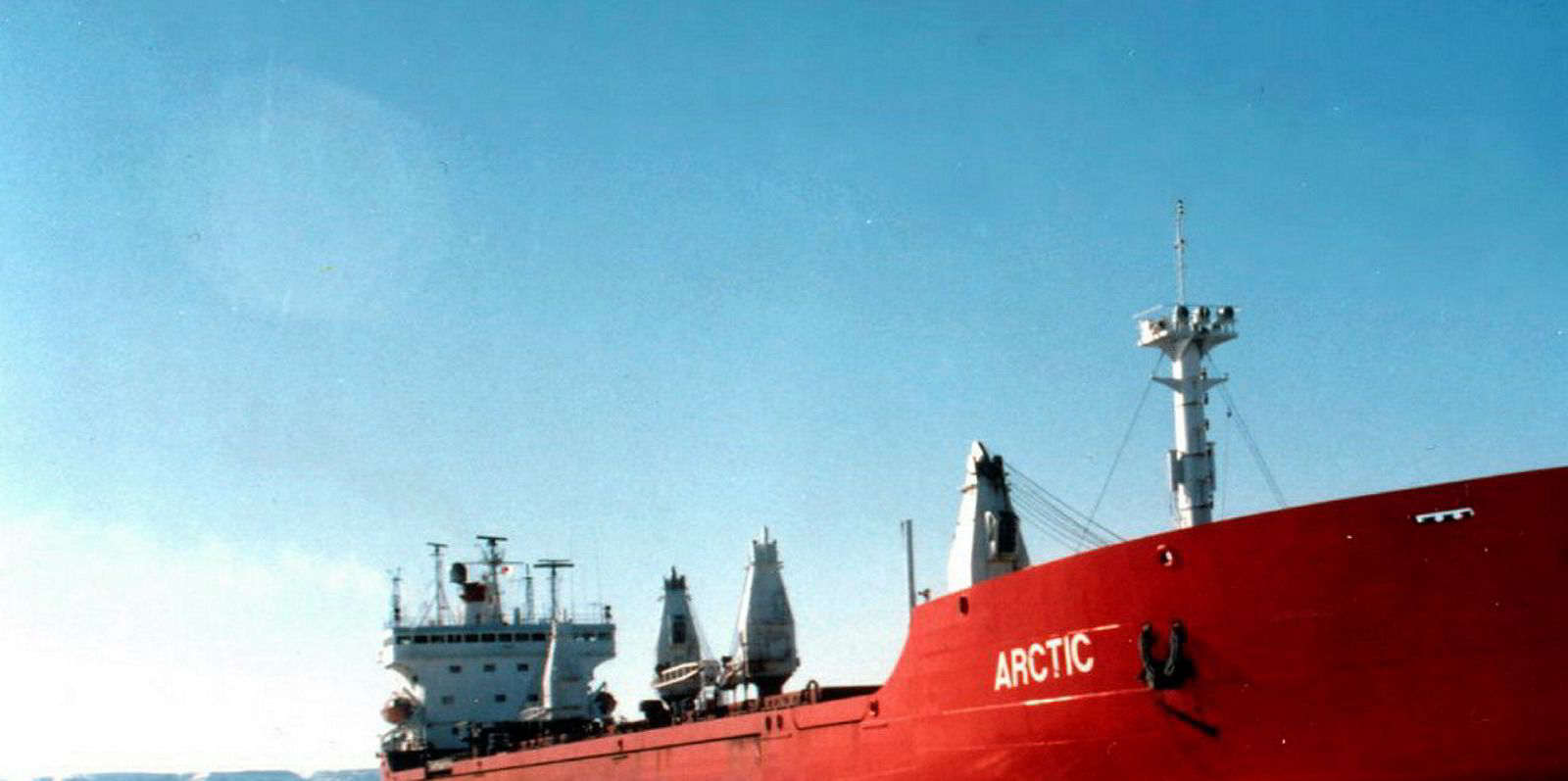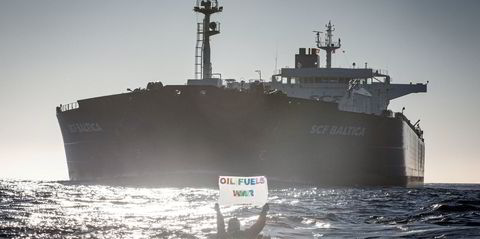The International Maritime Organization has approved a ban on heavy fuel oil (HFO) in the Arctic with multiple waivers and exemptions despite strong opposition from some environmentalists.
On Friday, member states in the IMO’s Marine Environment Protection Committee (MEPC) gave the green light on the rules to prevent using and carrying HFO in the Arctic from 1 July 2024.
But five Arctic coastal states — Russia, Norway, Denmark, Canada and the US – can waive the ban for ships operating under their national flags for another five years from that date.
Moreover, vessels that meet specified construction standards to protect fuel tanks may continue to burn HFO in the environmentally sensitive region before July 2029. Ships involved in safety operations and oil pollution prevention are also exempt.
The Clean Arctic Alliance, a coalition of 21 non-profit organisations, said in a statement that the ban is “ridden with loopholes” and would “leave the Arctic, its indigenous communities and its wildlife facing the risk of a HFO spill for another decade”.
The new rules, which take the form of amendments to Marpol Annex I, will be circulated for consideration among members with a view to adoption during the 77th MEPC meeting in November 2021.
The environmentalists have called on the IMO member states to shorten the grace period for the exempt vessels and the Arctic states not to issue waivers.
Norway has already announced a total ban on HFO from all the waters around the Arctic island archipelago of Svalbard.
“The Arctic Council should build on the example of Norway's proposal for Svalbard, assert its Arctic stewardship role, and scale up the ambition of the IMO ban within the jurisdictions of Arctic countries, without waivers and exemptions,” Peter Winsor, director of World Wildlife Fund’s Arctic Programme, said.
In a recent study, the International Council on Clean Transportation found that the ban would allow 74% of the HFO-fuelled fleet to continue using the fuel in the Arctic.
The study showed that HFO carriage would only fall by 30%, consumption by 16% and black carbon emissions by 5% from 2029, when the ban comes into force.
“In its current form, the ban will achieve only a minimal reduction in HFO use and carriage by ships in the Arctic in mid-2024,” Sian Prior, lead advisor to the Clean Arctic Alliance, said.







